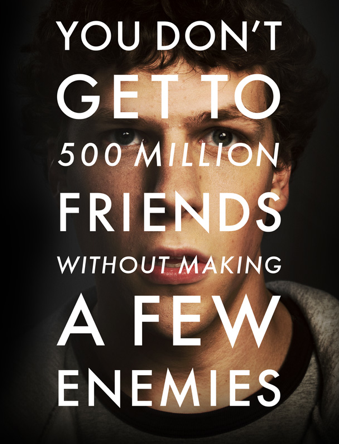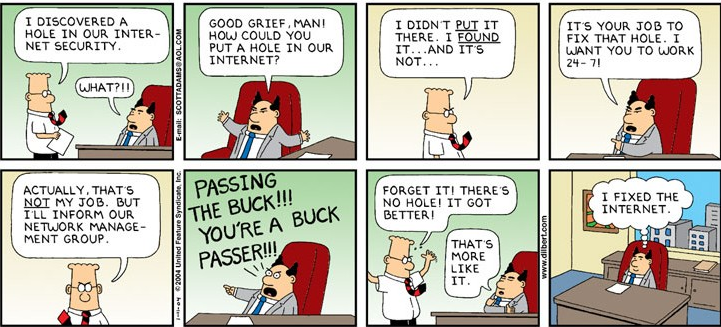When I first opened the reading I was like…

Chris Argyris: theories of action, double-loop learning and organizational learning looked intimidating. As a Prof Comm student, anything with the words ‘theory’, ‘models’ and ‘research’ makes me want to cry then take a nap.
Which seemed kind of ironic once I started reading, particularly this statement about Model I:

Touche, Argyris, touche.
So maybe I was being a bit defensive coming into this reading (and also this subject), but it was difficult to break it down in a way I could understand. The main points I took away from this reading are SIngle and Double-Loop learning, and Models I and II.
Mental modes are subtle patterns of reasoning. They are personal mental maps that determine how we plan, implement and review our actions.
Single-loop learning: When you identify and correct a problem without having to change the underlying policies and objectives.
Double-loop learning: When you have to modify the organisation’s policies, objectives and norms in order to solve a problem.
I think this concept of double-loop learning is quite liberating, and can be applied to more than just how we learn. When you are honest with yourself and investigate the reasons why you want to achieve a specific goal, you are no longer just going through the motions, you have changed the foundations of your own personal ‘policies’.
For example, I recently became a vegetarian. I realised that all my life I had eaten meat without much thought because I had been brought up that way. I might occasionally cut down on meat to achieve a health/weight loss goal, but hadn’t thought about why I eat meat.
When I delved a bit deeper and was exposed to some horrible truths about the meat industry, I made the decision to re-write my personal beliefs and stop eating animals. This evaluation of my own ‘policies’ has been the most confronting part of becoming vego. I also think it has enhanced my potential for growth, because I am no longer ignoring or ‘moving away from’ that fact that most of the animal products I ate came out of suffering.
Model I: Win, don’t lose, control the environment, treating one’s views as obviously correct, avoid embarrassment.
Model II: Shared leadership, focus on achieving shared goals, free and informed choice, encouraging public testing of evaluations.
These models make me think of the course so far; it’s broad, open to interpretation, and we’re encouraged to share anything and everything. Very Model II. This model makes me want to hide and save myself embarrassment (just call me Model I Molly), by not expressing much, not having questions, and avoiding involvement in class conversations.
So even though Chris Argyris wrote about all of this ages ago (and, like, without the inter webs!), it is still relevant to us.







